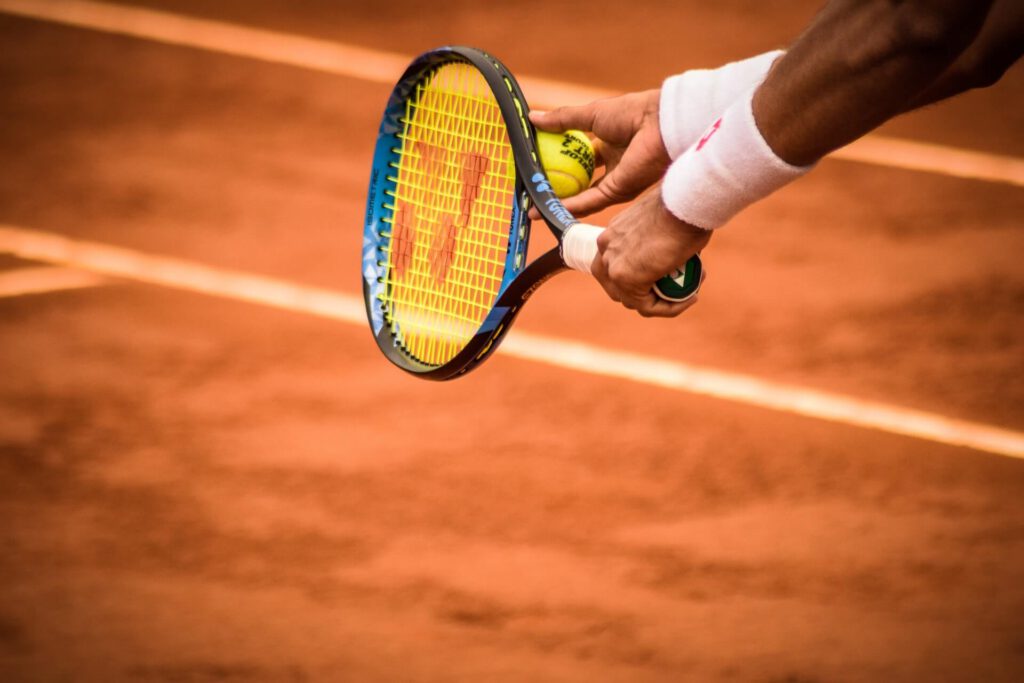The intersection of traditional sports skills and virtual gaming success has become a topic of increasing interest as virtual reality (VR) and other simulation technologies evolve. This article explores how the skills developed on the tennis court can transition to virtual environments, enhancing performance in video games and simulated scenarios.
Real-world skills in virtual environments
Athletes who have honed their skills in sports like tennis bring a unique set of abilities to virtual games. These skills, rooted deeply in physical coordination, strategic thinking, and psychological endurance, translate into virtual settings in various ways. For instance, tennis players are accustomed to making rapid decisions during points, which parallels the quick decision-making required in many video games, such as those in online casinos where strategies similar to sports betting can lead to nine wins in a row.
Virtual reality sports simulations, such as those used in VR tennis games, demand a similar set of skills. Players must anticipate the opponent’s moves, react in real-time, and continuously adapt their strategy—skills that are cultivated intensely on the physical court. Furthermore, the physical aspect of VR games, which often require body movement rather than just hand-eye coordination with a controller, benefits significantly from an athlete’s physical conditioning and spatial awareness.
Technology amplifies traditional training
The advancement of technology in sports training has also facilitated a smoother transition from physical to virtual arenas. For example, motion capture technology used in advanced sports training mimics the environment of video games. Athletes trained with such technology can better adapt their real-world skills to virtual settings. Devices that track movements, measure biometrics, and analyze performance metrics allow players to refine their skills with precision that directly translates to video gaming.
Wearable tech and smart equipment, which provide feedback on performance, angle, speed, and force, are common in modern sports training. This technology mirrors the feedback mechanisms found in video games, where players often receive real-time data on their performance. Thus, athletes familiar with these tools may find themselves at home in video games, which use similar metrics to gauge success and areas for improvement.
Bridging the gap between virtual and real
The skills developed through traditional sports training are not just applicable but advantageous in virtual gaming scenarios. The adaptability shown by athletes, especially from sports like tennis that demand quick reflexes and strategic planning, is a significant asset in the digital gaming world. As technology continues to bridge the gap between physical and virtual training environments, the overlap between sports proficiency and gaming success will likely grow, offering exciting possibilities for athletes and gamers alike. This convergence not only enhances the gaming experience but also opens up new avenues for training and development in sports, highlighting the symbiotic relationship between physical athleticism and virtual capabilities.
By understanding and leveraging the skills transferred from the tennis court to virtual games, players and coaches can optimize performance across both platforms, leading to a richer, more integrated approach to sports and gaming.

Recent Comments